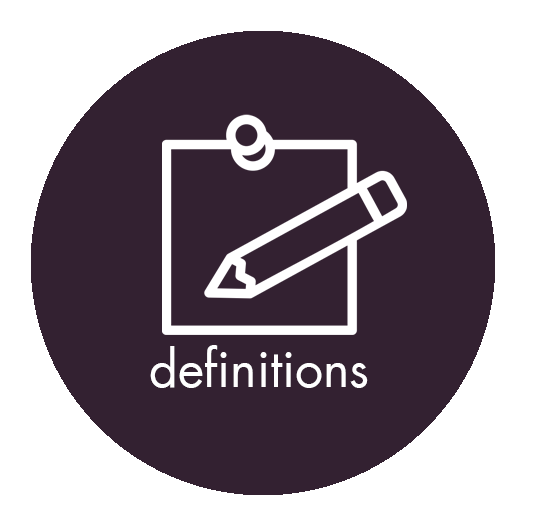
Circular economy: some definitions
As opposed to sustainable development, a concept generally addressed through the 1987 Brundtland definition, there is not yet a clearly accepted definition of circular economy. Since its appearance a few years back, various attempts have been made in the increasing number of consultancy reports and public policy publications to grasp and define the phenomenon. Each definition however highlights some of its underlying principles.

Origins of the concept
If the concept of circular economy is high on the agenda today, it is far from being a recent phenomenon. Take for instance, the exchange between firms in which by-products of one industry become the valuable inputs. If this approach focusing on waste reutilisation is a strong feature of the circular economy, these types of inter-firm exchanges are far from being new. Historical evidence shows that industries have long been exploring different ways of turning residuals into resources and thus experimenting with a circular economy.

Circular economy principles
As perceived in the multiples definitions of the concept, circular economy has many different dimensions and can be envisioned through different approaches. Stahel (2010) argues that the circular economy should be considered as a framework: as a generic notion, the circular economy draws on several more specific approaches that gravitate around a set of basic principles.

Circular economy challenges
Despite its growing popularity amongst, politicians, businesses and academics, the concept of circular economy and its underlying principles are not without critics and challenges. The following section summarizes the main arguments of its detractors and details challenges faced by the concept: its achievability and desirability, its weakness to include the social dimension, its lack of strategic guidelines and standardisation.

Circular business model typology
How do we classify and make sense of the variety of circular business models?

Circular schools of thought (1/5): industrial ecology
The Industrial Ecology neologism was popularized by Frosch and Gallopoulos (1989). The authors call for the transformation of the traditional model of industrial activity into a more integrated one. Where individual manufacturing processes took raw materials to generate products and left a large portion of materials turned into waste, the new industrial model should be built like an ecosystem.

Circular schools of thought (2/5): Cradle to Cradle
In their book Cradle to cradle, remaking the way we make things (2002), Michael Braungart and William McDonough called for a radical change in industry: a switch from a cradle-to-grave pattern to a cradle-to-cradle (C2C) pattern.

Circular schools of thought (3/5): Performance economy
Closely associated with cradle to cradle principles is the notion of performance economy. How can we create the highest possible use value for the longest possible time while consuming as few material resources and energy as possible? As a response to the environmental challenges of high waste volumes related to mass consumption, and in order to address the structural issues of rising public debt, persistent unemployment and slow economic growth, Walter Stahel – often labelled as the father of circular economy- challenged businesses to operate a shift from traditional manufacturing to what he calls the Functional Service Economy.

Circular schools of thought (4/5): Biomimicry
Biomimicry is another school of thought which has strongly influenced how the circular economy is currently understood. Biomimicry is an innovation method that seeks sustainable solutions by emulating nature’s patterns and strategies. The goal is to create products, processes, and policies that are well-adapted to life on earth over the long haul. Scientist and author Janine Benyus popularized the term biomimicry in her 1997 book Biomimicry: Innovation Inspired by Nature.

Circular schools of thought (5/5): Blue economy
The Blue Economy report (Pauli 2010) was originally released as a report to the Club of Rome and was created in collaboration with the United Nations Environment Program (UNEP). The report identified a new growth strategy based on sustainable innovation and zero emissions principles and listed 100 innovation cases built on the concept.
